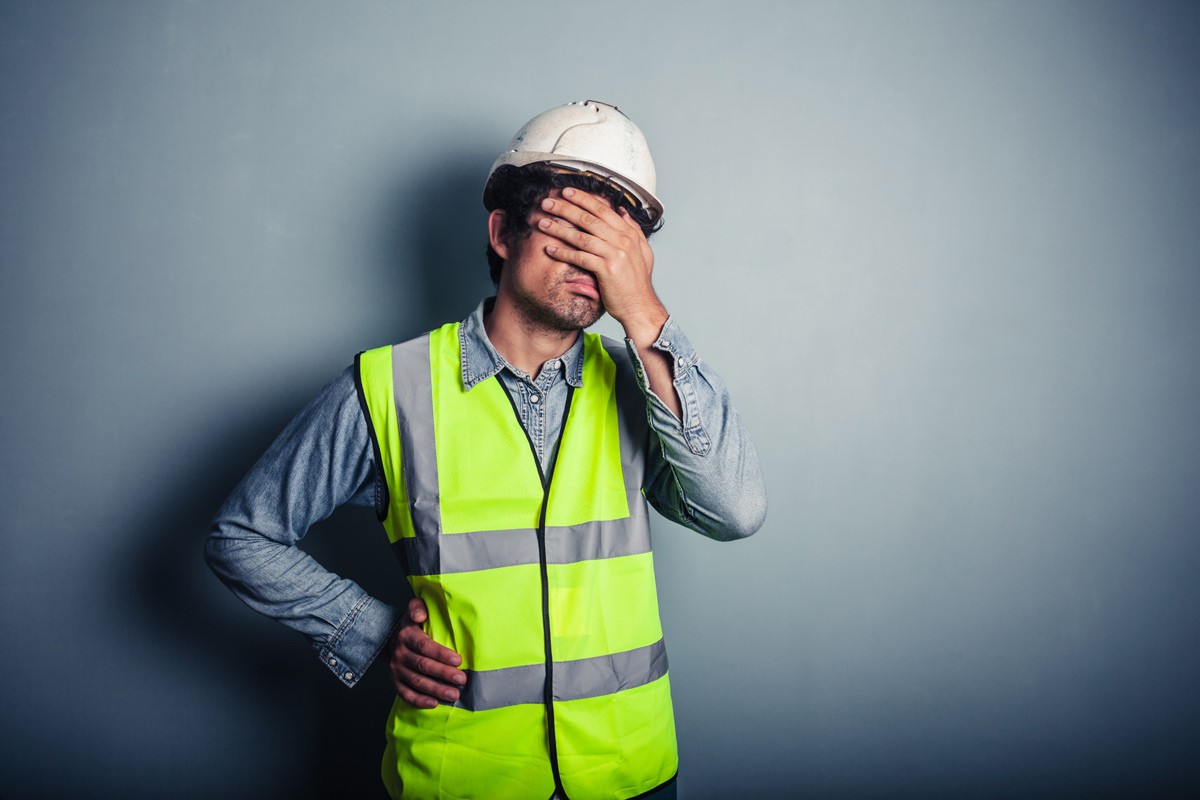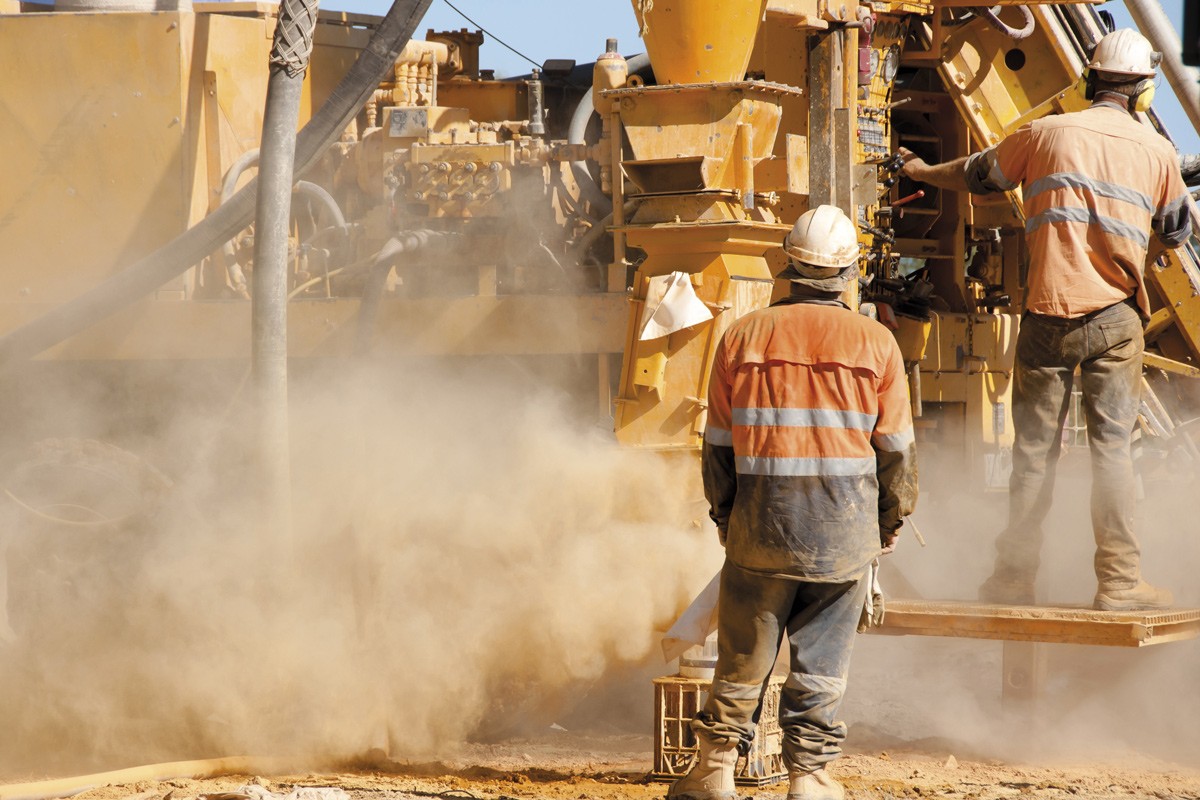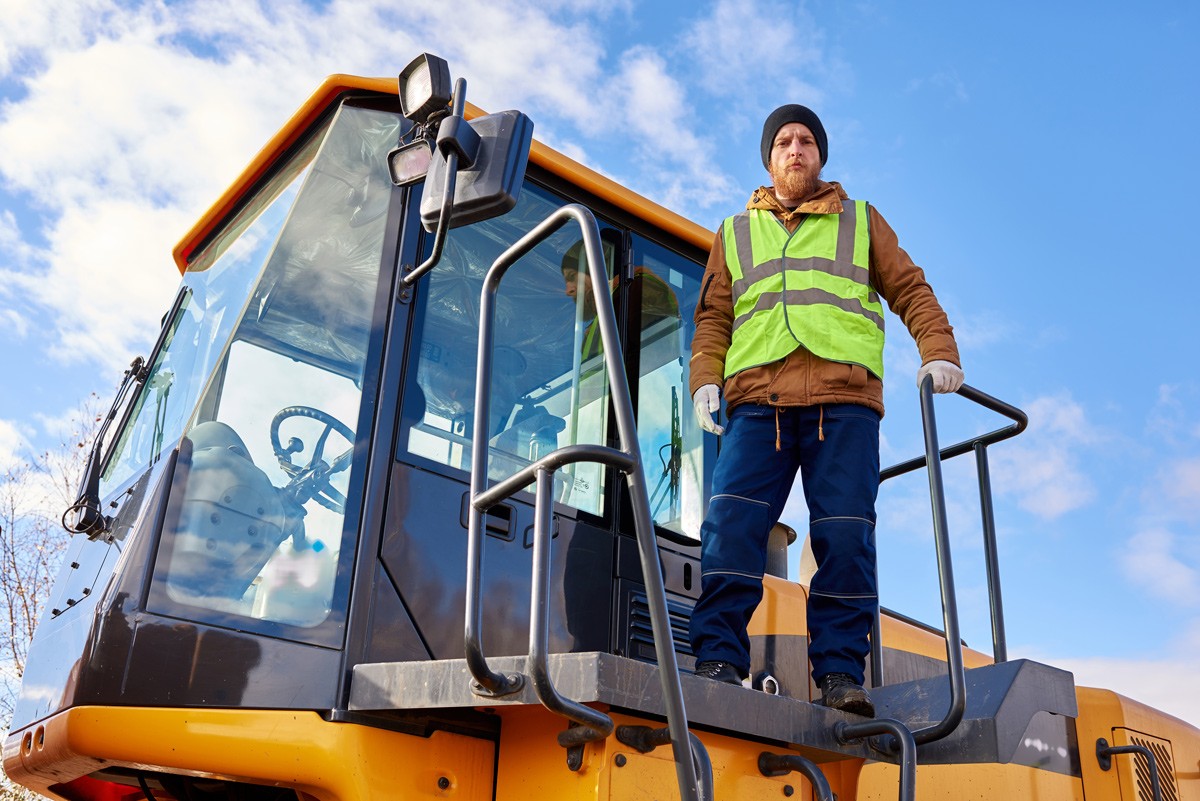 As research points to serious mental health issues among FIFO workers and stresses on relationships, improvements are growing on small successes.
As research points to serious mental health issues among FIFO workers and stresses on relationships, improvements are growing on small successes.
If you have lived several decades in Western Australia, the state’s boom and bust cycle will be nothing new. However, what has been an economic and social game-changer is the rise of the Fly-In Fly-Out worker – recognised in every airport and mine site by the moniker FIFO and the tell-tale high-vis uniform.
By far the biggest boom the state, indeed the country, has seen began in 2003 when China’s demand for minerals exceeded everyone’s wildest expectations. Big money was being made in mining and downstream.
The WA boom, which withstood even the GFC of 2007, powered on a few years more. In the 2008-09 financial year, iron ore mining alone represented 47% of the state’s resources – in dollar terms, $33.56 billion with $1.7 billion flowing into government coffers form royalties. Welcome the hospital construction boom!
While the industry burnt hot, alarm bells were beginning to sound for the physical and mental health of workers whose shifts and conditions varied enormously depending on how enlightened their employers were.
In 2015, a WA parliamentary inquiry into FIFO worker health led to a report commissioned by the WA Mental Health Commission, which delivered its findings in December last year.
One of the contributors to the inquiry and report was social worker Julie Loveny, whose focus for the past seven years, along with colleague Sue Crock, has been to improve particularly the mental health and safety of WA workers through onsite and online engagement programs.
This has meant working with management and counselling workers and their families.
Having seen the industry expand and contract over the years, the pair note both disturbing and encouraging workplace trends. Still, there’s no denying that mining does have a tough work culture in tough physical conditions.
“The resource sector tends to be male dominated and bullying and harassment does exist, but I think it is a broader society issue about how we understand, interact and manage people,” Julie said.
“Thankfully we are seeing a lot more awareness but, nevertheless, the old school way of managing continues to be one of command and control and that can often look like, and be experienced, as bullying.”
“In the FIFO resource sector, where you have people not only working together 12 hours-plus but living together the rest of the time, the opportunity lends itself to bullying on a 24/7 basis.”
Once upon a time, the workforce was unionised but in the post-Accord era it seems militancy has been replaced with more of a watching brief. Julie said that while there was an impression of less union mobilisation, they were deeply involved in the FIFO research.
“The unions were on the reference group and had a strong voice and worked alongside us, but in my time on site I haven’t felt that presence strongly. There is also a feeling that on some sites unions are not welcome,” Julie said.
“There are potentially poorer working conditions and job insecurity with some contractors. It is very much a world where if you want the work, you have to suck it up or get out. That attitude is quite disappointing because there’s no sense of responsibility to change poor work conditions.”
“There is now extensive research showing that FIFO workers do experience psychological distress and suicidal thinking at a greater rate than the general population and a benchmark group with similar characteristics.”
“We have lived through the era of the decline of the asbestos industry. When it was discovered that it caused serious health issues, we didn’t say, well you chose it, put up with it and keep working. We expect employers to mitigate risks so that it is safe for employees to go to work.”
Dealing fairly
“Somehow mental health is perceived differently; that it has to do with an individual weakness, yet psycho-social risk is the same as physical risk. Workplaces have a way to go but I have seen a lot more awareness of mental health, particularly in resource sector.”
Mine sites are complex beasts with a number of contractors maintaining their own workforces. While the big mining companies provide good facilities and reasonable rosters, some contractors offer vastly different conditions.
Julie said this recent research was showing that the big players were now wanting to ensure that their contractors are meeting certain standards on mental and physical health and safety.
“It’s encouraging to see some of these changes beginning to occur. Back in 2015 I couldn’t get a mining company to speak to me about mental health. As far as they were concerned it wasn’t an issue,” she said.
Julie has been a regular visitor to mining sites, initially has a trauma counsellor attached to the employee assistance programs.
“Getting onsite gives you deeper insight into the FIFO experience and the workers’ issues. I’m again back onsite at the moment with leadership training. It’s a different role but nevertheless, being back I’ve certainly seen a shift in awareness, particularly among the leadership groups.”
“It’s OK to have a fancy policy, but what does it actually look like on the ground? How does your average employee experience this? If their experience is an authoritarian, bullying manager, or they are in conflict with colleagues, or they don’t have role clarity, or a monotonous job with no choice, that policy is not translating onto the ground.”
“Those frontline managers need training. Many get promoted to positions because they have been excellent technicians, not because they are good with people. What I hear consistently from these managers are the problems they have with people! They thought they were going to be pulling trucks together, rather than pulling people together.”
So, what can struggling workers do?
“Most companies have employee assistance programs that offer free, confidential counselling and support from an external body for a worker and for their family,” Julie said.
“But it is also really helpful to have someone in the workplace you can trust; someone you can talk to so you are reassured you are not alone and not the only one who struggles with things.”
“Many of the site jobs are isolating, with not many chances to talk, so it’s important to be linked in with something in the camp. Unfortunately, the most common place is the wet mess, with few other options.”
“We found any activities that encourage social connection are important, so we are seeing more social sports, quiz nights, barbecues, which encourage participation by people who may not be attracted to the wet mess.”
“While drinking is restricted onsite, research found that FIFO workers were more susceptible to single session risky drinking off-site but if the only place to socialise on camp is the wet mess, that reinforces a drinking culture.”
Mine workers were also encouraged to take care of themselves – to eat, exercise and sleep well. Research released in May from the UWA Sleep Centre indicated that this was easier said than done.
Addressing a Pilbara sleep health summit organised by RPH Research Foundation, Prof Peter Eastwood told the gathering that 97% shift workers were unable to adjust their body clocks between day and night shifts and it was putting them at high risk of fatigue.
He said sleep disturbance was associated with many health risks and was the fourth-most common mental health problem for Australians aged 12 to 24, after depression, anxiety and drug abuse.
“When you take this into account, it becomes imperative to look at ways to improve the management of fatigue and shift work,” he said. “More research is needed into sleep health in the resource sector, considering designing shifts based on objective information and ways of monitoring sleep to support the reduction of inherent fatigue risk.”
That sense of fatigue is made worse by workers trying to fit everything into their limited downtime.
“With limited time between finishing a shift and looking after yourself, there’s also the family back home to consider. For many workers, there is only a small window of opportunity to talk to family. Often when the time is right for the worker, the partner at home is feeding and attending to children. It can give rise to tension and misunderstanding,” Julie said.
Family planning
“It’s important to have a plan with your family so you can work out how and when that communication can happen so it works well for everyone.”
Returning home from a swing carries its own set of problems.
“Transition times – leaving home and coming to camp and vice versa – are tricky times. Workers are encouraged to communicate what they need first up, whether that’s sleep or chill-out time, which can alleviate frustrations. Equally their partner is exhausted as they have been managing the family on their own and are looking forward to having a bit of downtime as well by having their FIFO partner stepping in and taking over.”
“So working out all of those different needs and different understandings is vital but people are not always well equipped to do this and it can cause tensions in relationships. For workers, stuck in a donga at night with no one to talk to, in a macho culture you need to stack up to, you can you can see why people can struggle.”
Given that the boom-bust cycle in mining is as certain as the sun coming up each day, it was interesting to hear Julie explain that one of the first questions she asks workers is ‘why are you doing FIFO?’.
“Invariably it’s for financial reasons but the stereotype of the single cashed-up FIFO bogan is few and far between. More men and fewer women want to do it for their families, to give them more choice and opportunity. It’s invariably well motivated,” Julie said.
“I also ask them if they were to give advice to a new FIFO worker, what would they tell them. Many said to go in with a plan – a financial plan and have an exit strategy to avoid the golden handcuffs.”
“Most of these workers I spoke with didn’t have a plan and many now recognised how important it is. It’s their big piece of advice.”
Companies step up
Companies are becoming more acutely aware of the importance of their workers’ families and some have family days on site, flying up partners and children to see where dad or mum works.
“A mining site really is another planet and it’s not until you actually see it can you imagine what it must be like to live and work there,” Julie said.
“The kids love it, but it’s also important for partners to see that the FIFO worker in their life isn’t actually holidaying on some resort island when they are away from home.”
In a world where job security has been turned on its head in many sectors, redundancies in mining come as no surprise, but they can still deliver a mighty personal blow.
“Folk that have been in mining a long time, are better able to recognise it and plan. Some of these old timers express concern seeing young fellas getting into big mortgages, thinking booms last forever, and when it comes crashing down, they are in trouble.”
“Without a doubt, in my role in trauma support, the most stressed people I have ever seen were those made redundant. Such a lot of identity is tied up in work and many of these guys, particularly, who saw themselves as the provider and doing well by family, experience loss of face, and challenges around how they can manage, and what’s out there for them.”
Julie said that for many families, FIFO worked well but she emphasised that those who saw it as a positive were also the most resilient.
“Couples who enter FIFO has a partnership and with aims, do well emotionally and there are a growing number of positive stories. For many it is giving their family’s future financial stability and options; many cite great camaraderie on site.”
“This kind of work style is not going to stop so we have to look at the challenges differently and keep plugging away to improve it. More and more companies are saying, ‘we get it’, and attend to rosters and give workers more choices. It’s encouraging but there’s still a heck of a lot to do.”



